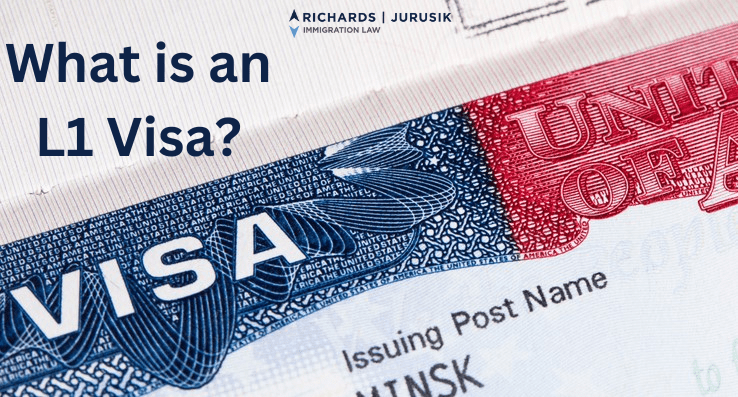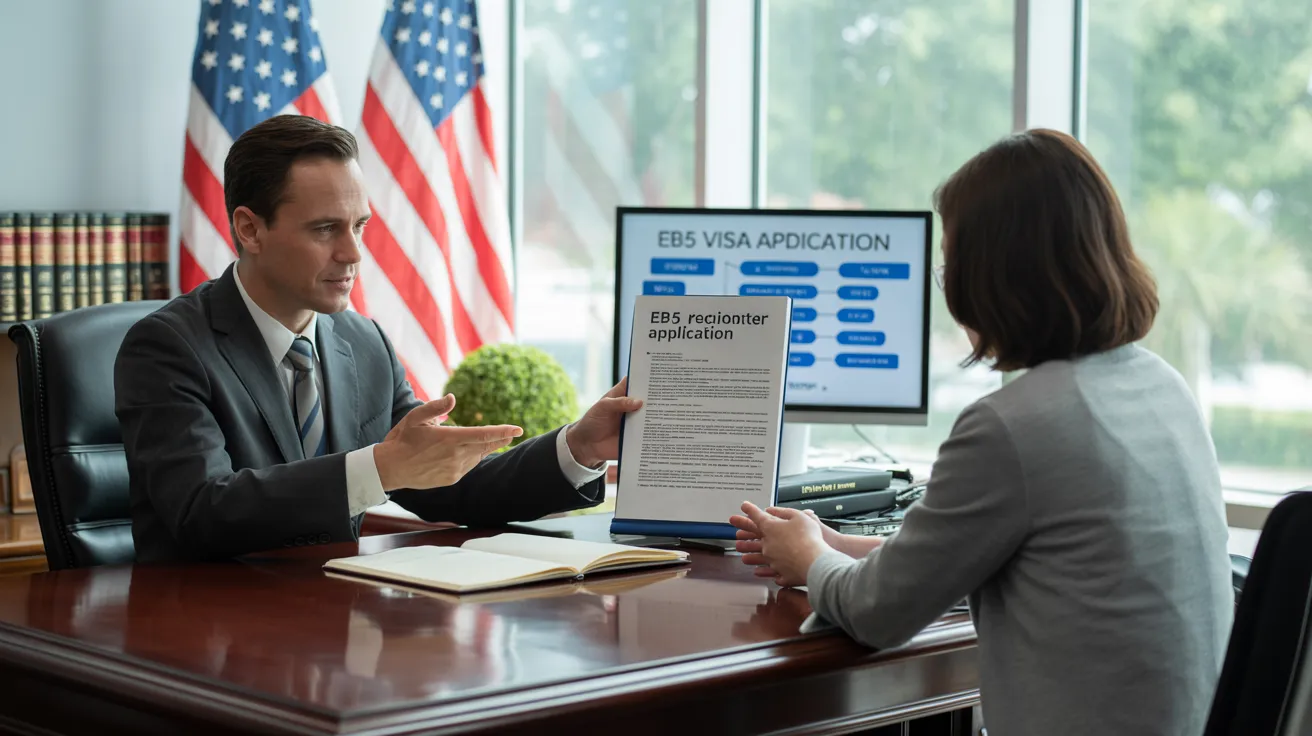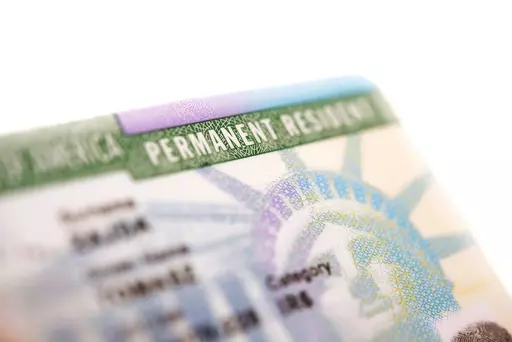Some Known Factual Statements About L1 Visa
Table of ContentsFacts About L1 Visa UncoveredHow L1 Visa can Save You Time, Stress, and Money.The 5-Second Trick For L1 VisaEverything about L1 VisaSee This Report on L1 VisaThe Basic Principles Of L1 Visa
Offered from ProQuest Dissertations & Theses Worldwide; Social Scientific Research Premium Collection. DHS Workplace of the Assessor General. Obtained 2023-03-26.
United State Department of State. Obtained 2023-02-08. Tamen, Joan Fleischer (August 10, 2013).
L1 Visa Can Be Fun For Anyone
In order to be eligible for the L-1 visa, the foreign firm abroad where the Recipient was employed and the U.S. firm must have a qualifying connection at the time of the transfer. The different types of qualifying relationships are: 1.
Business A possesses 100% of the shares of Business B.Company A is the Moms And Dad and Company B is a subsidiary. There is a qualifying connection between the 2 firms and Company B need to be able to fund the Beneficiary.
Company A has 40% of Business B. The remaining 60% is owned and controlled by Business C, which has no connection to Firm A.Since Firm A and B do not have a parent-subsidiary partnership, Firm A can not sponsor the Recipient for L-1.
Instance 3: Firm A is integrated in the united state and intends to petition the Beneficiary. Business B is incorporated in Indonesia and utilizes the Recipient. Business An owns 40% of Firm B. The staying 60% is possessed by Company C, which has no relationship to Business A. Nonetheless, Business A, by official contract, controls and full handles Firm B.Since Firm An owns less than 50% of Company B but manages and controls the business, there is a qualifying parent-subsidiary relationship and Firm A can fund the Beneficiary for L-1.
Get This Report on L1 Visa
Affiliate: An associate is 1 of 2 subsidiaries thar are both had and regulated by the very same parent or person, or owned and managed by the exact same group of people, in primarily the exact same ratios. a. Instance 1: Company A is integrated in Ghana and uses the Recipient. Firm B is included in the U.S.
Firm C, additionally included in Ghana, possesses 100% of Company A and 100% of Firm B.Therefore, Company A and Business B are "affiliates" or sister firms and a qualifying partnership exists between both business. Company B should be able to sponsor the Recipient. b. Example 2: Business A is integrated in the united state
Firm A is 60% possessed by Mrs. Smith, 20% owned by Mr. Doe, and 20% possessed by Ms. Brown. Business B is integrated in Colombia and currently utilizes the Beneficiary. Company B is 65% possessed by Mrs. Smith, 15% had by Mr. Doe, and 20% possessed by Ms. Brown. Firm A and Company B are affiliates and have a certifying connection in two different means: Mrs.
The L-1 visa is an employment-based visa category developed by Congress in 1970, allowing international companies to transfer their managers, execs, or key employees to their U.S. procedures. It is frequently referred to as the intracompany transferee visa. There are two primary types of L-1 visas: L-1A and L-1B. These kinds are suitable for workers employed in different settings within a business.

Furthermore, the recipient has to have worked in a supervisory, executive, or specialized employee setting for one year within the 3 years coming before the L-1A application in the foreign company. For brand-new office applications, international employment must have remained in a supervisory or executive ability if the recipient is coming to the United States to function as a manager or executive.
The Main Principles Of L1 Visa

If given for an U.S. business functional for even more than one year, the preliminary L-1B visa is for as much as three years and can be extended for an added two years (L1 Visa). Alternatively, if the united state business is recently developed or has actually been operational for less than one year, the preliminary L-1B visa is released for one year, with expansions offered in two-year increments
The L-1 visa is an employment-based visa category established by Congress in 1970, permitting international companies to transfer their supervisors, executives, or key workers to their U.S. procedures. It is typically described as the intracompany transferee visa. There are two primary kinds of L-1 visas: L-1A and L-1B. These types appropriate for workers worked with in various placements within a company.
The L1 Visa Diaries
Furthermore, the beneficiary has to have worked in a managerial, exec, or specialized staff member position for one year within the 3 years coming before the L-1A application in the international business. For new office applications, international employment has to have been in a supervisory L1 Visa requirements or executive capacity if the beneficiary is involving the USA to function as a supervisor or executive.
for as much as seven years to supervise the operations of the U.S. associate as an exec or supervisor. If issued for a united state business that has been operational for greater than one year, the L-1A visa is originally granted for as much as 3 years and can be prolonged in two-year increments.
If provided for a united state business operational for greater than one year, the initial L-1B visa is for approximately 3 years and can be prolonged for an added 2 years. On the other hand, if the united state business is recently developed or has been functional for less than one year, the first L-1B visa is issued for one year, with extensions offered in two-year increments.